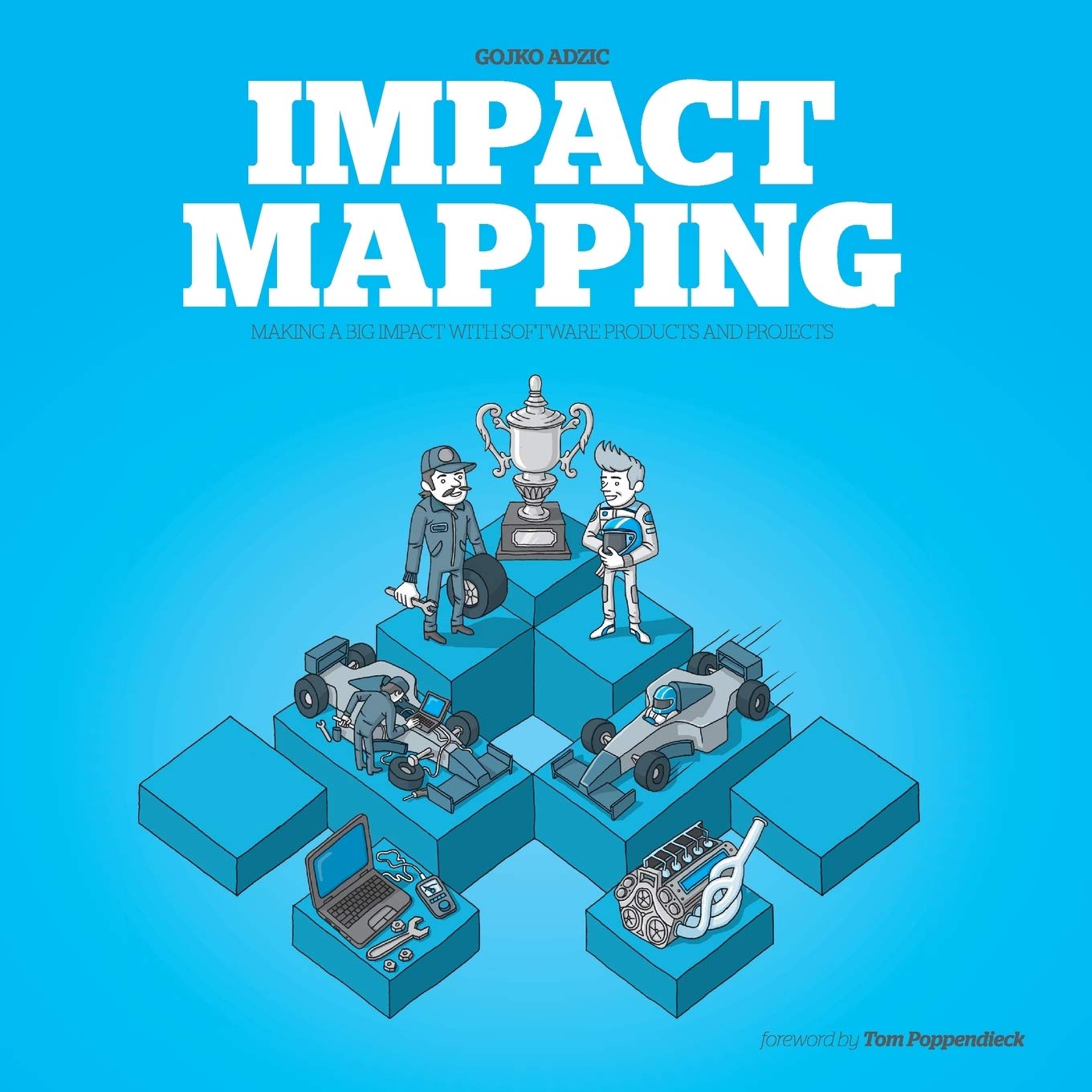
Impact Mapping
What is Impact Mapping?
Impact mapping is a strategic planning technique used in project management to align team activities with business goals. It creates a visual map that connects high-level objectives with the specific actions needed to achieve them. This method helps teams make smarter decisions, reduce wasted effort, and focus on delivering value. Impact mapping links goals to actions through key questions: why this goal, who can help, how they contribute, and what the steps to success are.
This technique is especially helpful in agile environments, where flexibility and clarity are essential. Impact maps help stakeholders and teams evaluate the relevance of each task or feature by showing the relationship between deliverables and desired outcomes. It also encourages collaboration, ensuring that all efforts contribute directly to the broader mission.
Key Points
- A visual map shows the connection between business goals, actors, impacts, and deliverables.
- It starts with a central goal and expands outward through branches to identify who can influence the goal and how.
- Helps prioritize features and tasks by evaluating their potential to create a measurable impact.
- Improves communication among stakeholders by providing a shared understanding of the project strategy.
- Encourages adaptive planning by allowing easy updates when priorities or conditions change.
Related Terms
- Strategic alignment is the process of ensuring that all project activities directly support overarching business objectives.
- Agile planning benefits from using impact maps to guide sprint goals and backlog prioritization.
- Stakeholder analysis helps identify the key people or groups who should appear in an impact map as influencers or decision-makers.
- Value-driven development relies on mapping impacts to focus on work that maximizes user and business outcomes.
- Roadmapping can be enhanced with visual tools like impact maps to connect short-term actions to long-term goals.
Impact Mapping: Example
A software company wants to increase user retention. Using impact mapping, the team starts with the goal: “Improve user retention by 20%.” They identify key actors such as new users, support staff, and marketing. They explore possible impacts like better onboarding, faster support, or targeted communication. Deliverables include redesigning the onboarding flow, implementing live chat, and sending welcome emails. The team selects the most promising actions to test, ensuring every feature supports the goal.
Impact Mapping: Best Practices
- Involve stakeholders early to gain input and ensure shared understanding.
- Keep the map concise to focus on the most relevant actors and impacts.
- Use the map to guide discussions during sprint planning and reviews.
- Revisit and revise the map as goals evolve or new insights emerge.
- Validate impacts with data to ensure chosen actions lead to real results.
Additional Resources
Preparing for a PMI certification?
- Exam Prep Courses: PMP®, CAPM®, and PMI-ACP®
- Exam Simulators: PMP®, CAPM®, PMI-ACP®, PMI-PBA®, PMI-RMP®, PMI-SP®, PgMP®, and PfMP®
- Professional Development Units (PDUs): 15, 30, and 60 PDU Bundles




